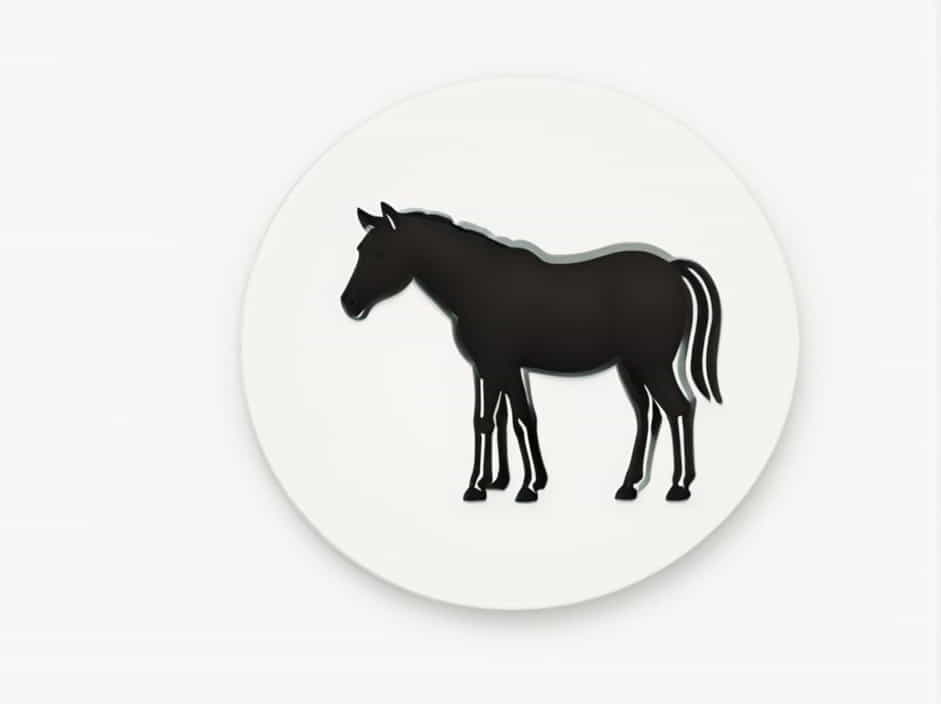Weaning is a crucial milestone in a foal’s life, marking the transition from dependence on the mare’s milk to solid food. However, after separation, many horse owners wonder whether it is possible to reintroduce the mare and foal safely. The process requires careful planning to ensure a smooth and stress-free reunion.
In this topic, we will explore the best methods for reintroducing a mare and foal after weaning, potential challenges, and how to maintain a harmonious relationship between them.
Understanding the Weaning Process
1. Why Weaning Is Necessary
Weaning allows the foal to:
- Develop independence and learn to socialize with other horses.
- Transition to a forage-based diet for proper growth.
- Reduce stress on the mare, allowing her to recover and prepare for future breeding.
2. The Ideal Weaning Age
Most foals are weaned between four to six months old. However, the timing may vary based on the foal’s health, breed, and management practices. Early or abrupt weaning can cause stress, while a gradual process minimizes anxiety.
Can a Mare and Foal Be Reintroduced After Weaning?
1. Natural Bond vs. Independence
Mares and foals share a strong maternal bond, but once separated, their relationship changes. Over time, foals become more independent and integrate into a herd environment. If reintroduced too soon, there is a risk that the foal may try to nurse again, which can cause behavioral issues.
2. Factors to Consider Before Reintroducing
Before bringing them back together, assess the following:
- Time Since Weaning: Waiting at least 6 to 12 weeks allows the foal to adjust to life without the mare.
- Mare’s Condition: Ensure the mare has dried up her milk supply to prevent mastitis or unwanted nursing behavior.
- Foal’s Independence: The foal should be socializing with other horses and comfortable being away from the mare.
If all these factors are met, a controlled reintroduction can take place.
Steps to Reintroduce a Mare and Foal After Weaning
1. Start with Fence-Line Contact
Before full reintroduction, allow the mare and foal to interact through a safe barrier, such as a fence or gate. This helps them recognize each other without physical contact.
- Observe their body language to assess reactions.
- Keep interactions short and supervised.
- Repeat the process over several days before moving to the next step.
2. Choose a Neutral Meeting Area
Select a neutral pasture or paddock for the first physical reintroduction. Avoid using the mare’s stall or an area where she may become territorial.
- Ensure the space is large enough to allow movement.
- Have another calm companion horse nearby to help ease tension.
- Keep a close eye on their behavior to prevent aggression.
3. Monitor Initial Interactions
When they first meet without a barrier:
- The mare may sniff and nuzzle the foal as a sign of recognition.
- Some dominance behaviors, such as ear pinning or nudging, may occur but should not be aggressive.
- If the foal attempts to nurse, gently redirect its behavior.
If either horse shows signs of stress or aggression, separate them and try again later.
4. Gradually Increase Time Together
Reintroduce the mare and foal for short, supervised sessions, gradually extending the time as they become more comfortable.
- If the foal still seeks milk, it may be necessary to delay reunification.
- Provide separate feeding areas to prevent food aggression.
- Allow the foal to maintain its bond with other horses in the herd.
5. Observe for Long-Term Compatibility
Not all mares and foals will return to a close relationship after weaning. Some mares lose maternal interest, while others may become protective again.
- If they are happy together, they can share the same pasture.
- If tension arises, it may be best to keep them separate but within the same herd.
- Ensure they are both mentally and physically healthy after reintroduction.
Common Challenges and How to Overcome Them
1. The Foal Tries to Nurse Again
This is one of the biggest concerns when reintroducing a mare and foal. If the foal persistently seeks to nurse:
- Separate them again and wait a few more weeks.
- Introduce a weaning muzzle to prevent suckling.
- Ensure the foal is receiving proper nutrition from hay, grass, and grain.
2. The Mare Rejects the Foal
Some mares lose their maternal instincts after weaning and may act aggressively toward their foal. In this case:
- Allow interactions through a fence before physical contact.
- Avoid forcing them to be together if the mare is unwilling or stressed.
- Provide the foal with alternative companionship from other horses.
3. Anxiety or Separation Issues
If the foal or mare shows distress during reintroduction:
- Keep reunions short and positive.
- Offer calming supplements if necessary.
- Allow time for adjustment, as some horses need longer to reestablish bonds.
Benefits of Reintroducing a Mare and Foal After Weaning
While some horses do better apart, reintroducing a mare and foal can have benefits, including:
- Maintaining a familiar bond that provides emotional comfort.
- Reducing stress by keeping them in the same herd.
- Helping the foal learn social skills from an experienced mare.
If done correctly, their relationship can transition from mother-child to stable companions.
Reintroducing a mare and foal after weaning is possible with careful planning, patience, and observation. The key is to allow enough time for independence before attempting reunification.
By following a gradual and controlled process, you can ensure a smooth transition and a positive outcome for both horses. Whether they return to a close bond or simply coexist peacefully in the same herd, their well-being should always be the top priority.
